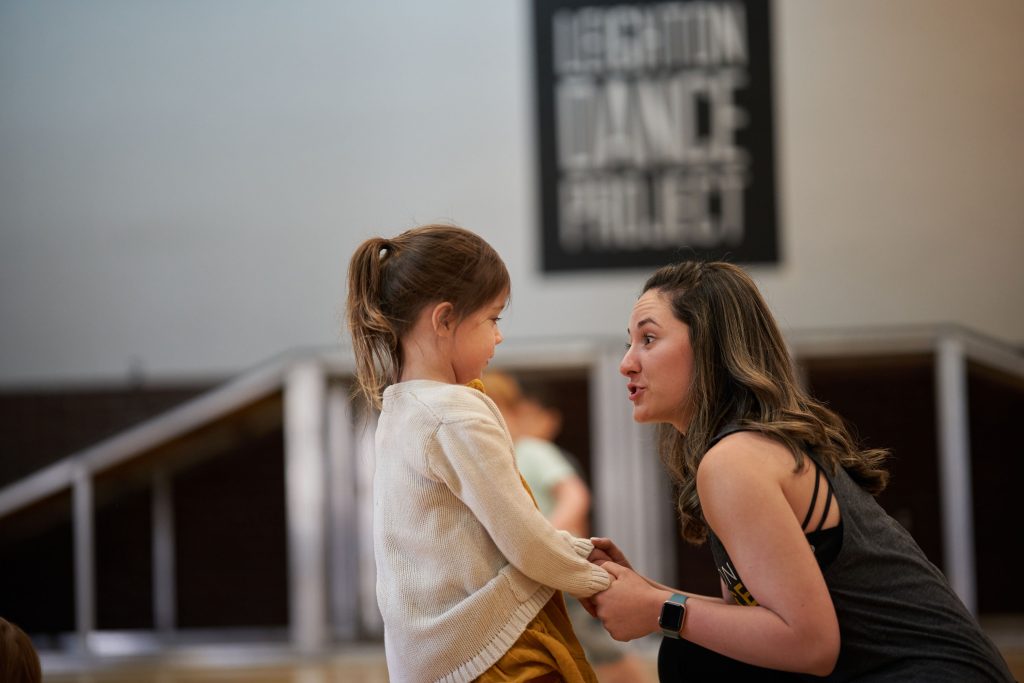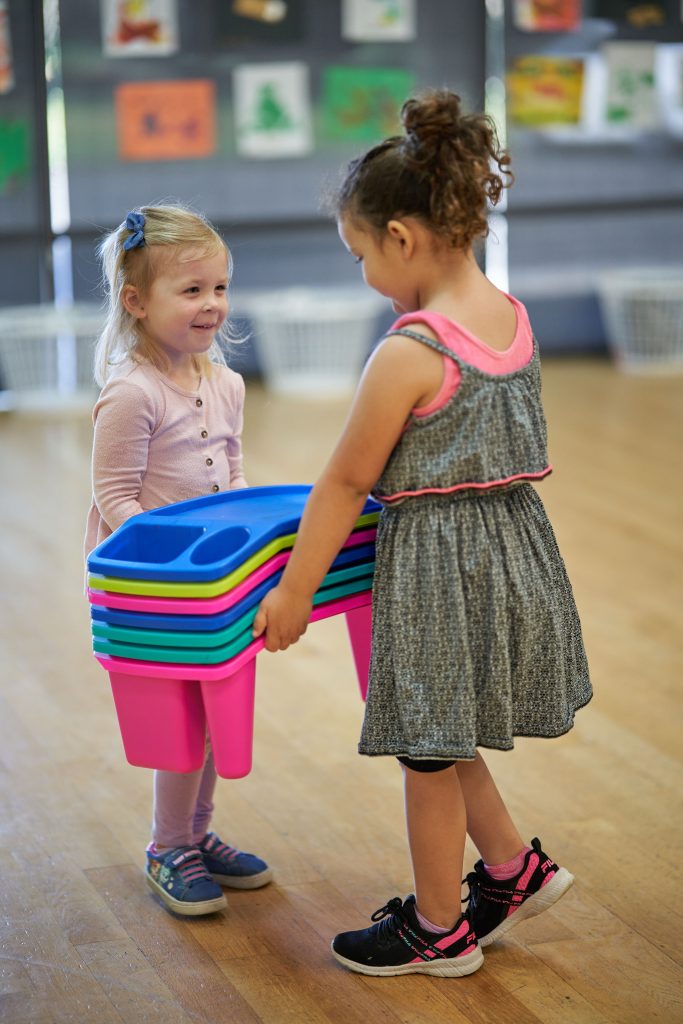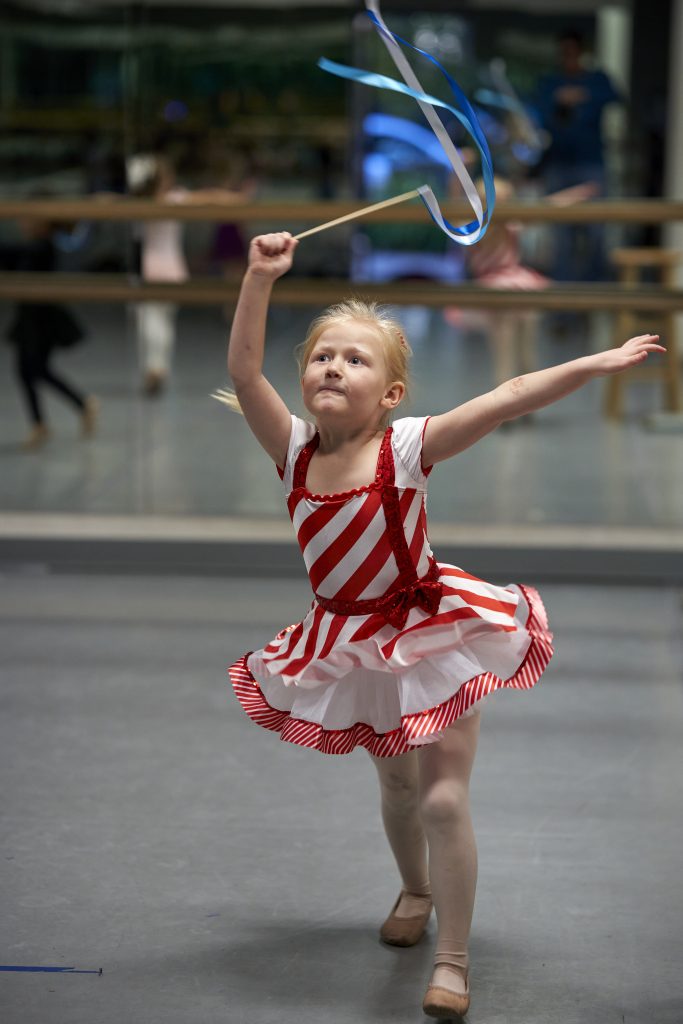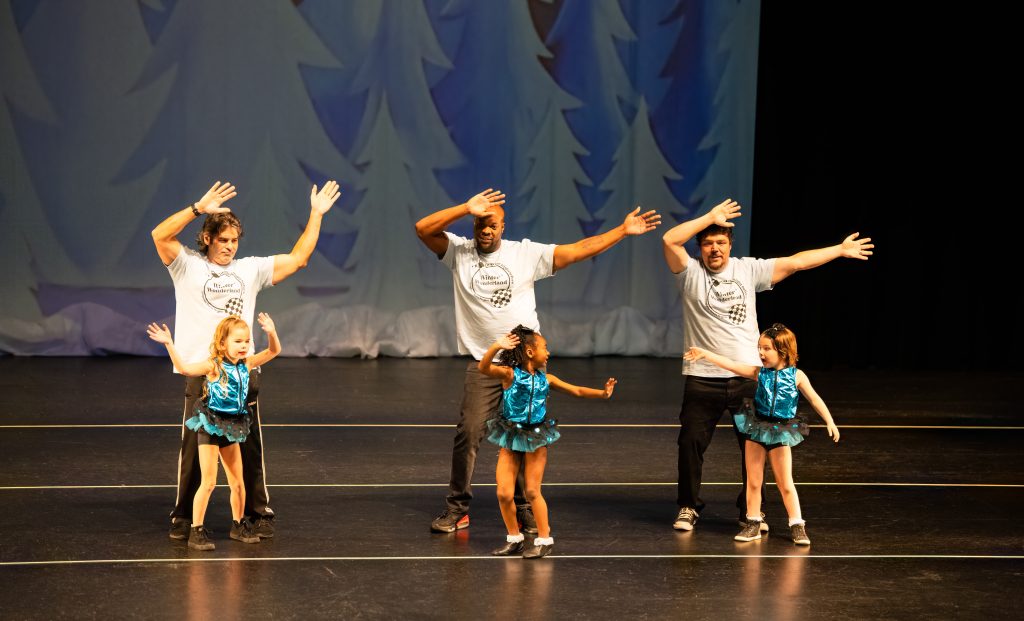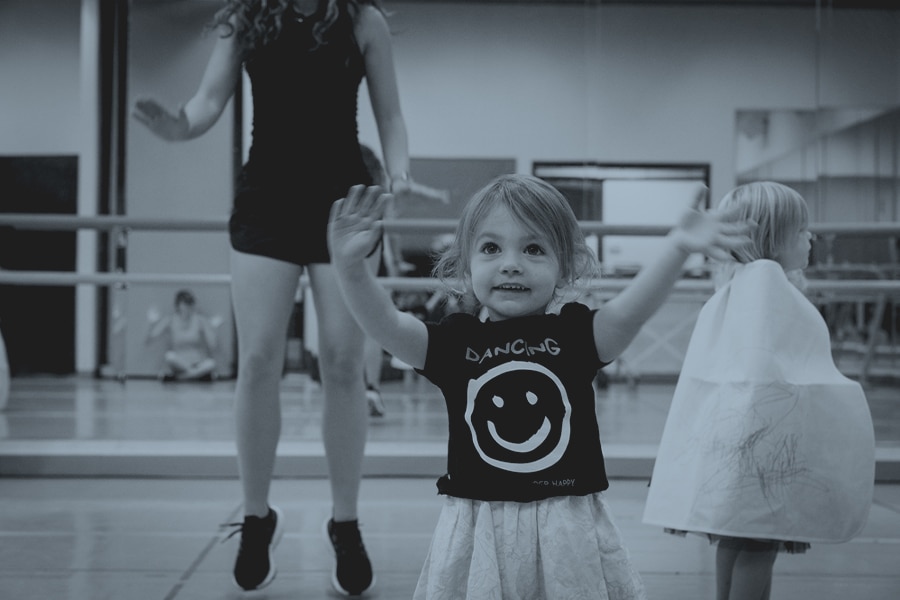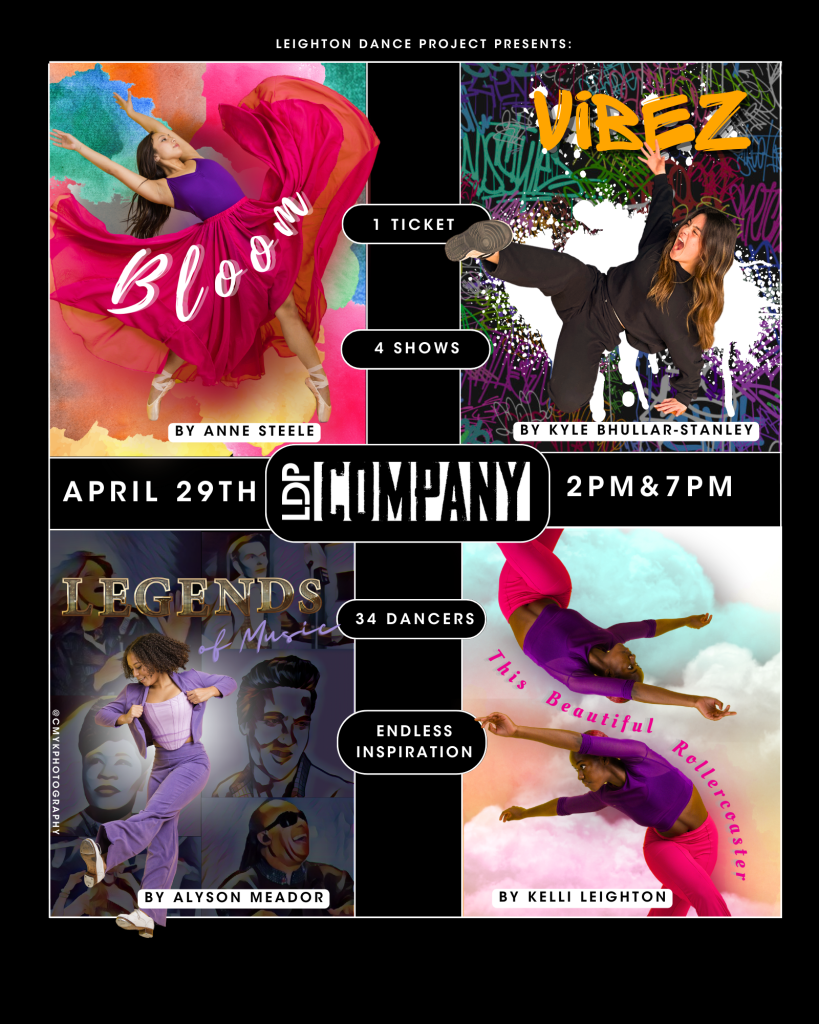Practice Makes Progress
Long gone are the days when students would bring their dance teacher a cassette tape to record their performance music so they could practice at home. Some kids reading this might say “What’s a cassette tape?” Yep, that’s right kids. This is how many of us dancers (born before 1989) practiced our dances when we were young.
In the age of cassette tapes and CD’s, dancers would get home, practice that night, and probably the next day because we didn’t want to forget what we had learned. We’d turn on the tape recorder, stop, rewind…. “oh no…what was that part?” “I should probably call my friend on the land line and ask about that section of the dance or even better, could my friend come over on Saturday and we could practice?” Ahhhh, those were the days. What we were doing was building muscle memory right away. We didn’t have the option to wait for a video.
Now, in a world where screens and recordings are at our fingertips, the dancers of today have videos to watch, follow, learn, and practice; however, following a video doesn’t ask our brain to recall steps from memory. In order to create true muscle memory, actions have to be repeated many times so that the brain no longer has to work hard to remember the steps. When a dancer gets to this point they have the opportunity to experience the feeling of freedom on stage in their performance. This is an incredible feeling. You know the phrase “freedom comes from discipline?” Well, it’s true. When dancers practice and refine movements there is something special that happens for them onstage.
So, what should practice look like today? The answer is pretty similar to what we did before cellular phones.
Practice at home should look something like this:
- Watch and follow the video a few times.
- Dance to ONLY the music.
- Stop music and review the hard parts as many times as they need. “Yes! I got it”
- Okay try that part with music.
- Now from the beginning with ONLY the music as many times as they want.
Practice at home only needs to be for 5-15 minutes. We want it to be an experience that fosters confidence and fun! At LDP, we recommend ONLY encouraging your dancer. NEVER criticize your child’s dancing, for they are still learning. Be supportive and let them know you are nearby or in the other room if they need help.
Despite common belief, the underlying goal is NOT to get the perfect pirouette, although that can be a beautiful result from practice. Instead, the goal is to prepare their body and mind to get on stage in front of their family, and a 500 person audience and perform despite any nerves or fears. Every time students do this they prove to themselves that they can be brave.
The true reward is really who your dancer becomes in the process of practicing. When children teach themselves that they can take risks and do hard things, they learn that their actions have worth and that their actions matter in this world, on and off the stage. They learn that in order to experience freedom and joy onstage, one must practice.
Happy practicing!
-Anne Steele
LDP Dream Team
